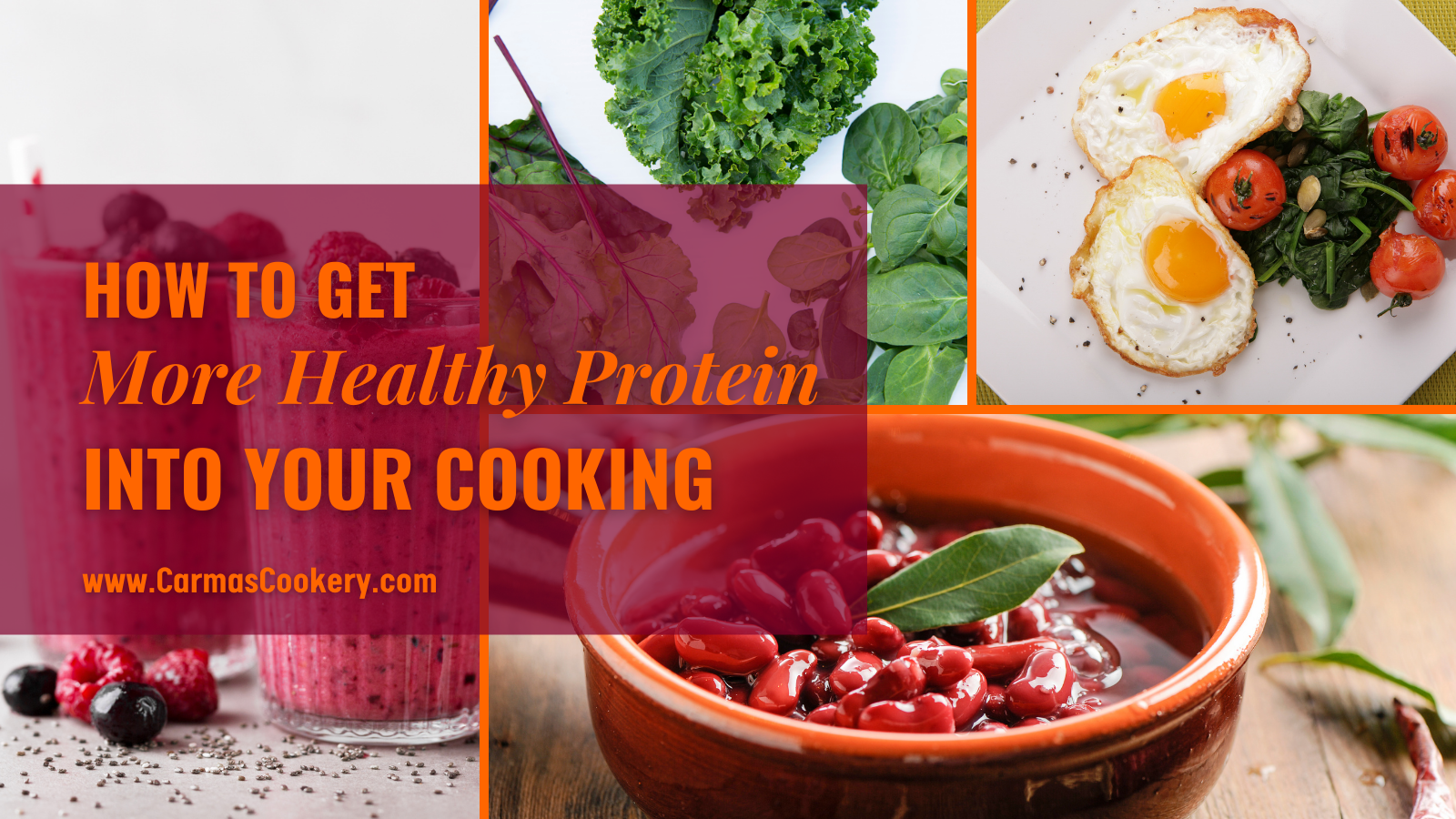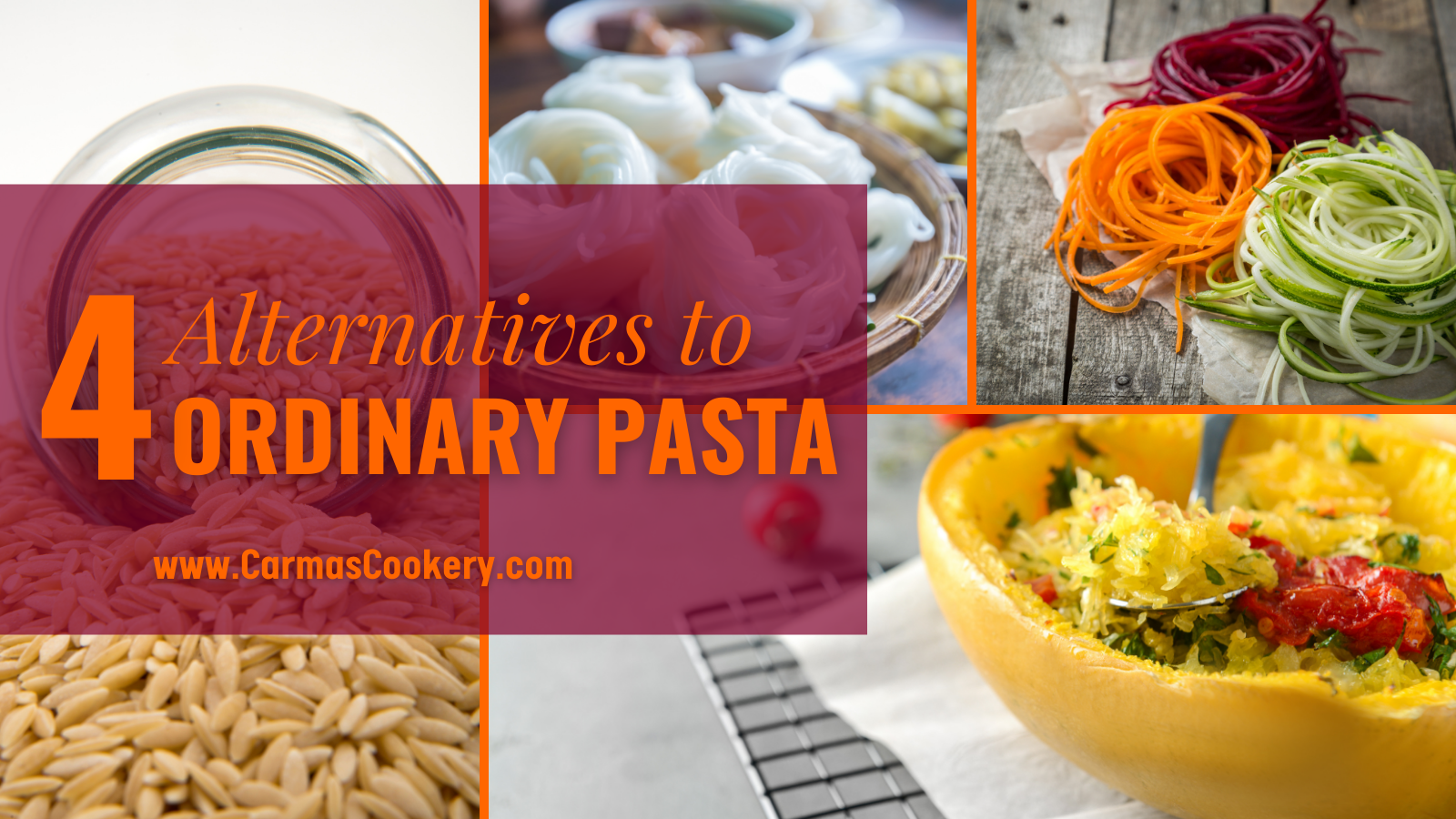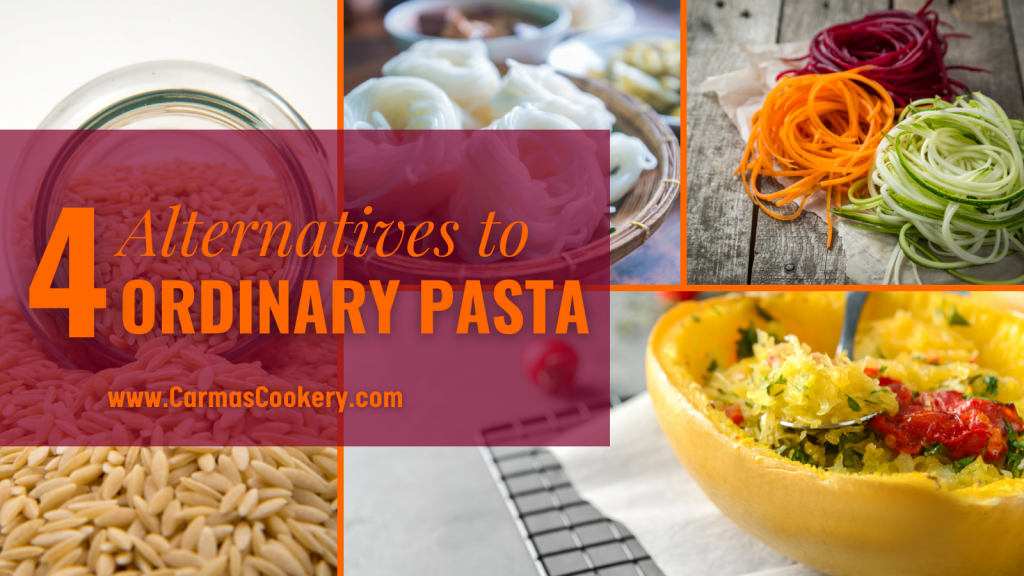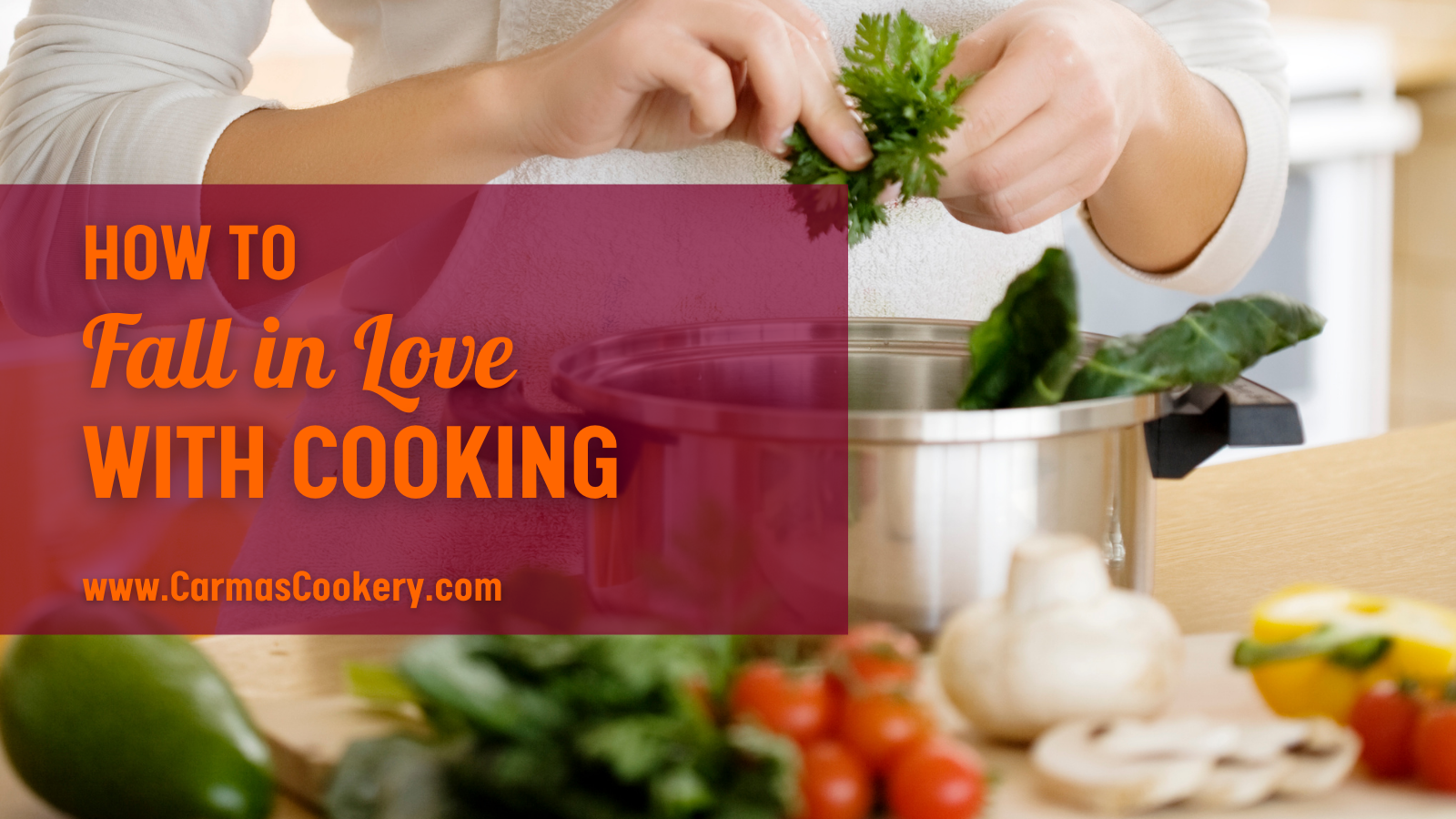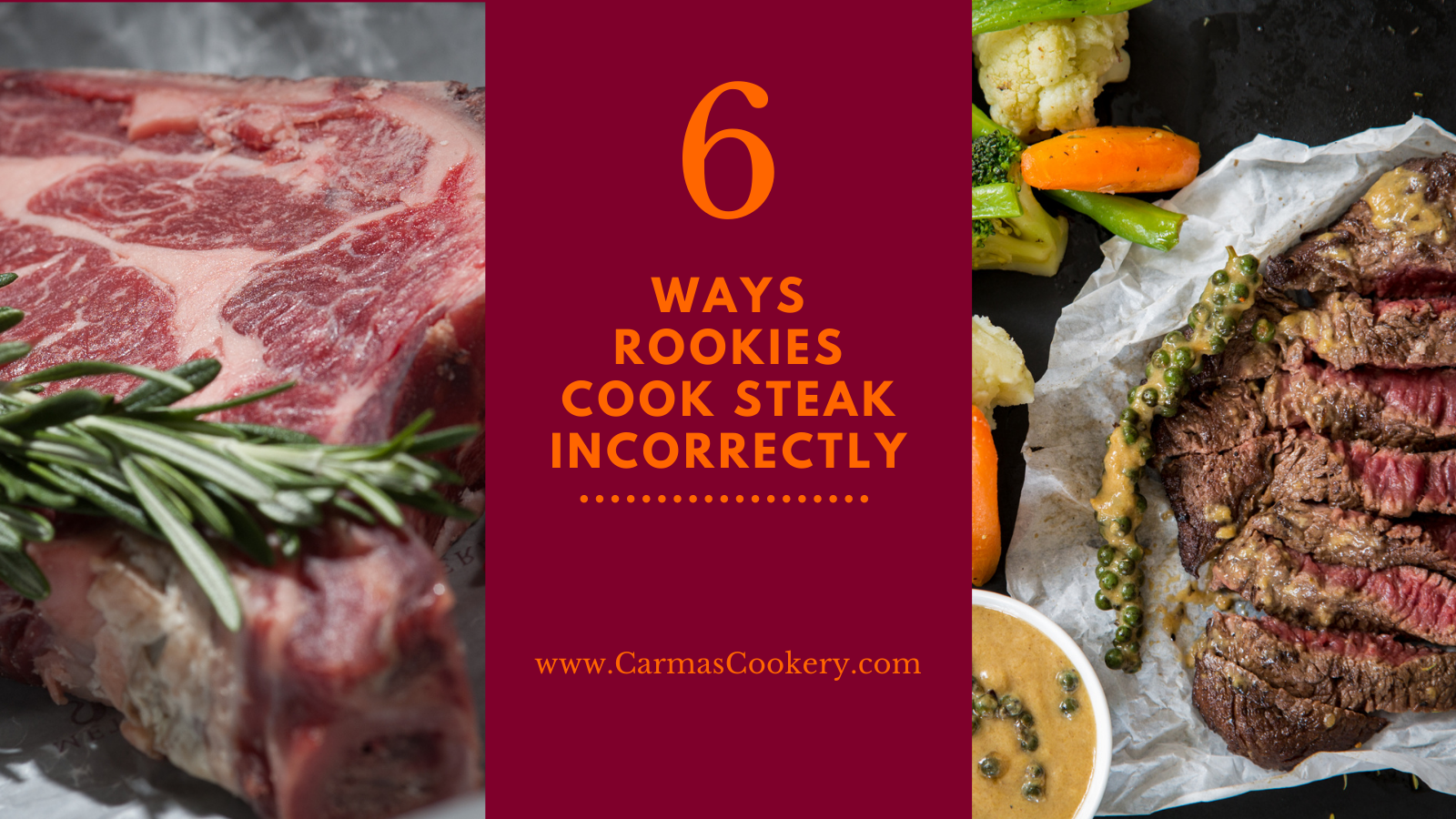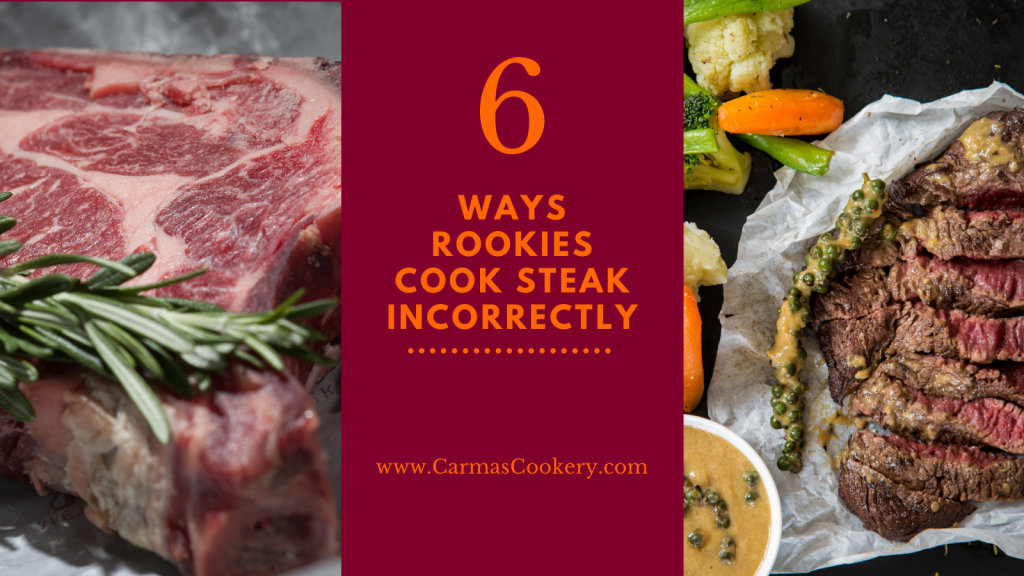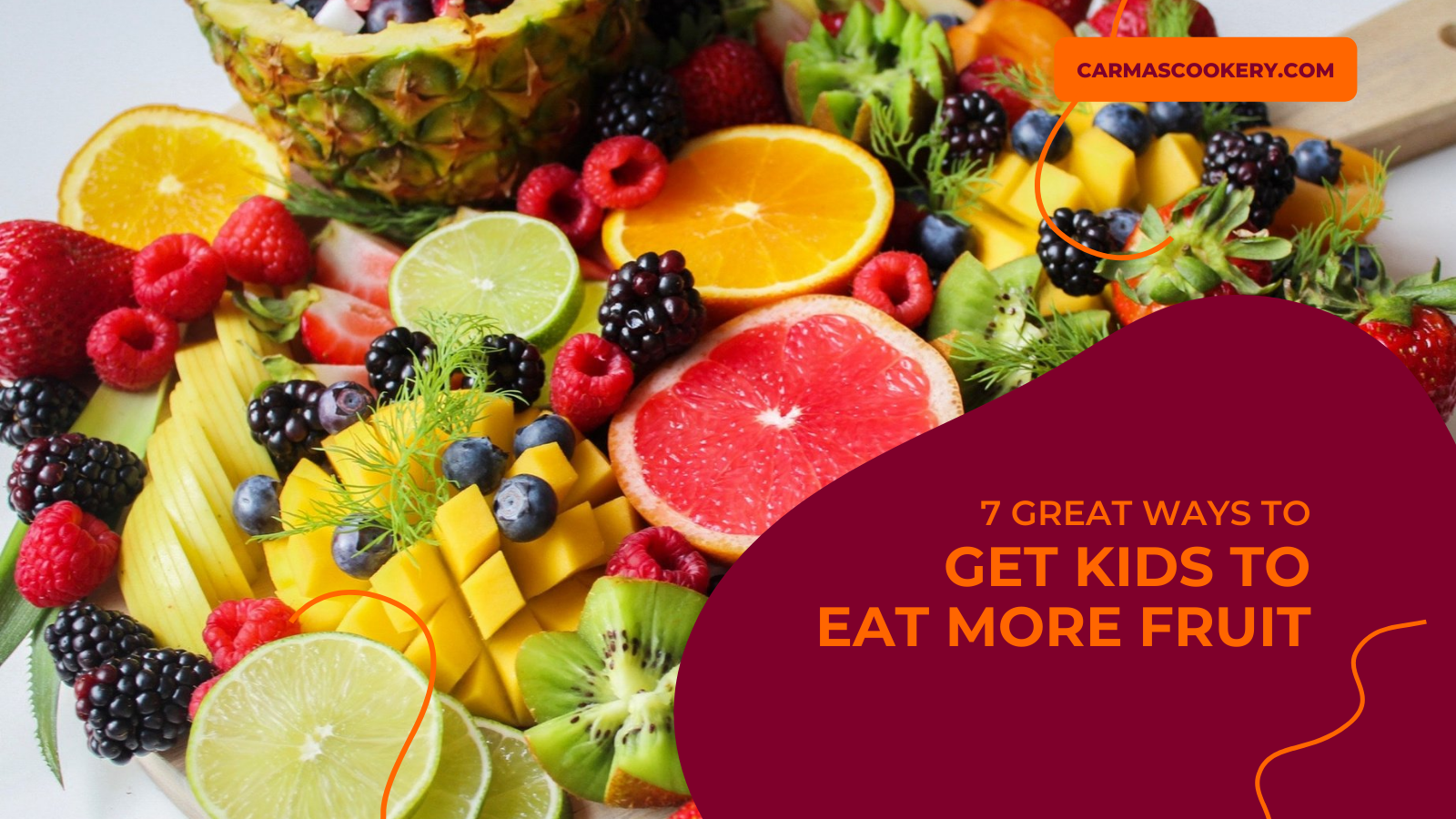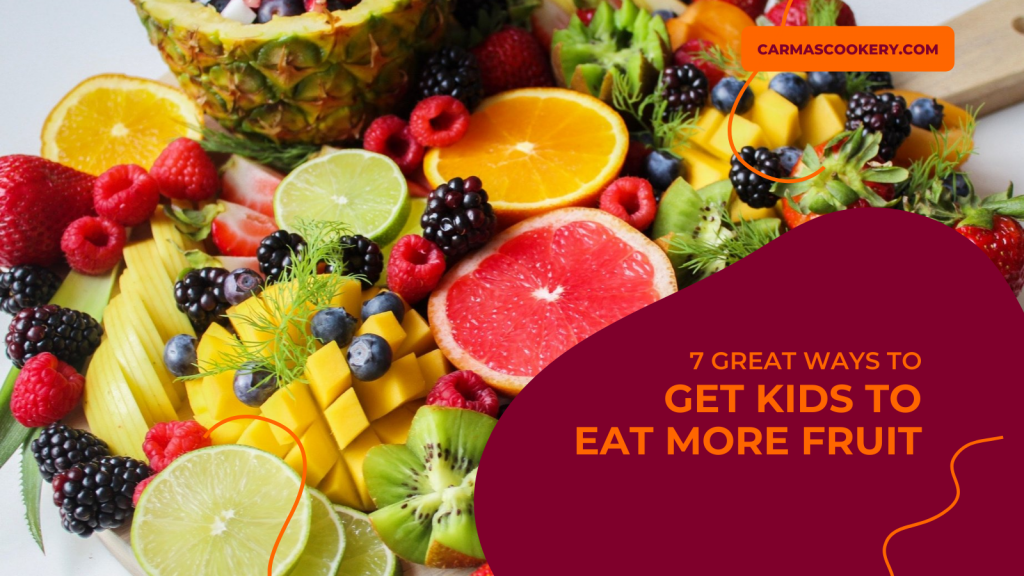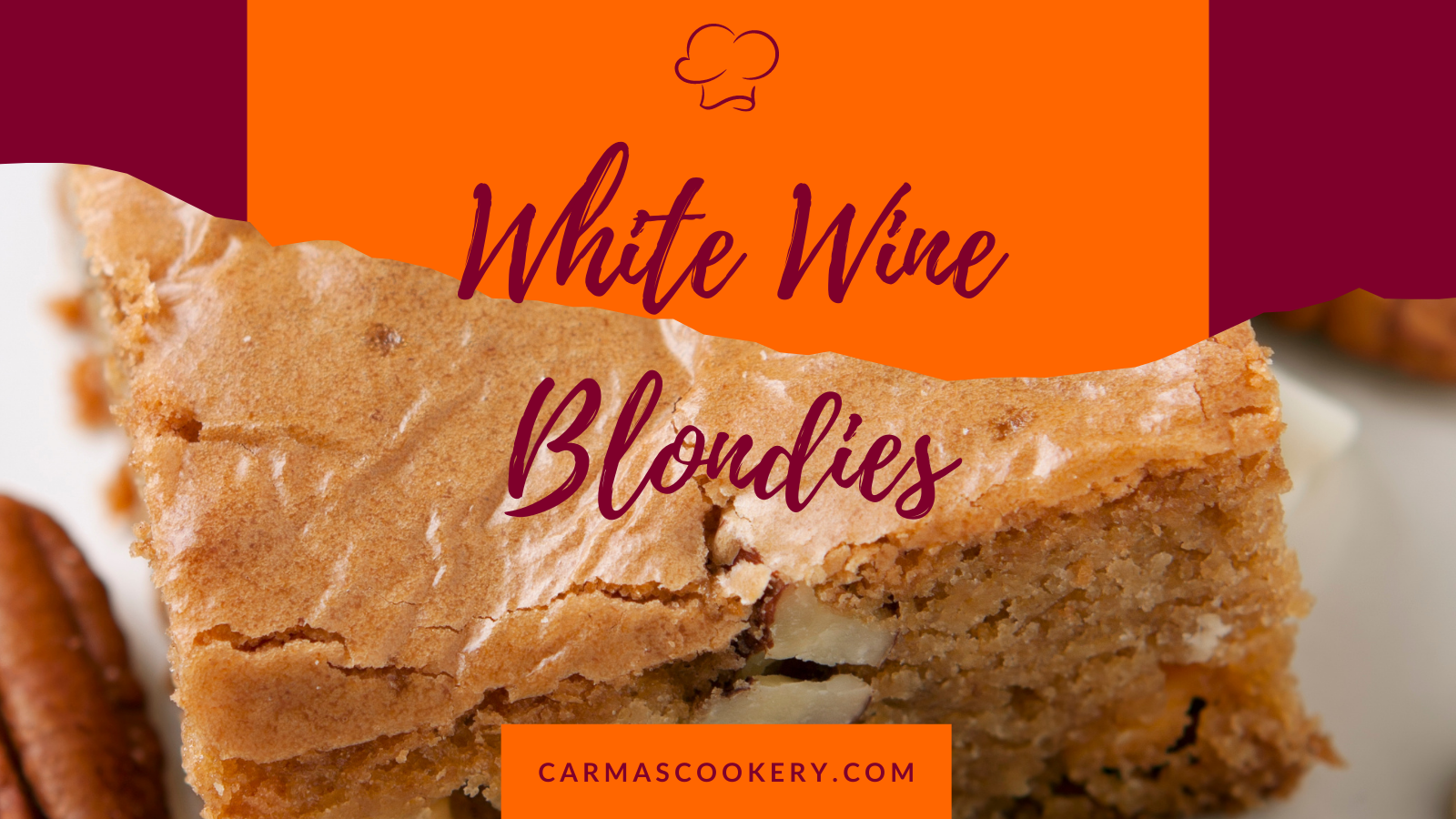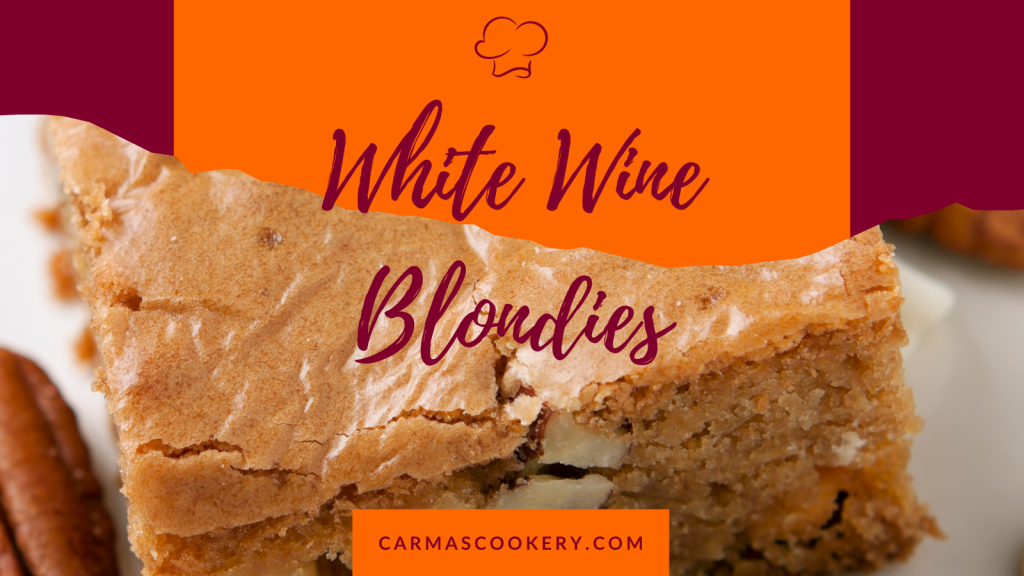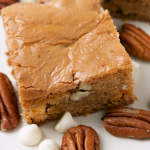If you feel that your diet is not as healthy as it could be and that it’s time to make some changes, you’re in the right place. One of the things that lots of people are trying to do for the benefit of their health is to reduce things like fatty meats and carbs in their diet and instead eat more healthy protein sources. That makes sense, and here are some tips for how to do it.
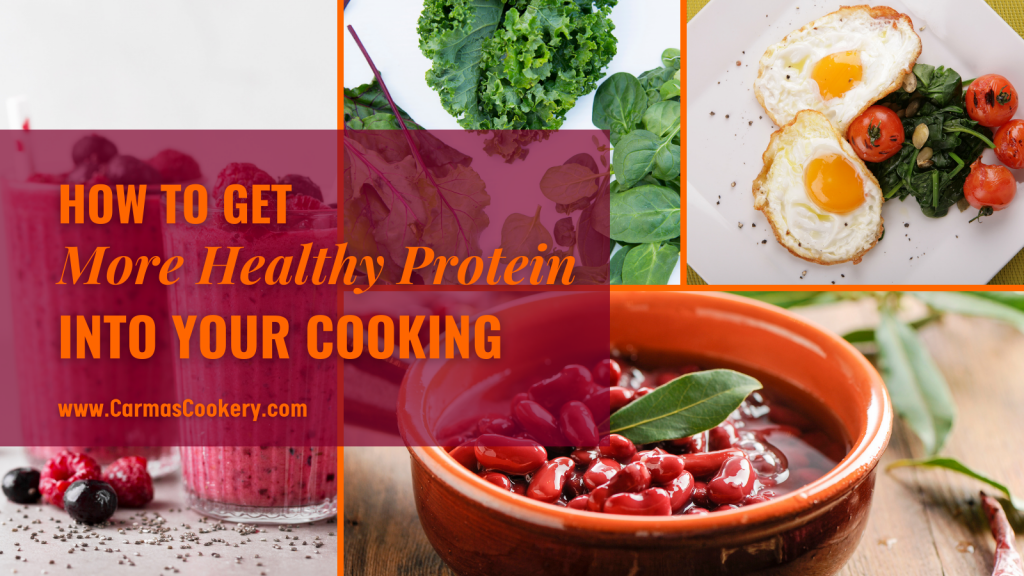
What Is a Healthy Protein?
The Nutrition Source, an online publication of the Harvard School of Public Health, “Protein is an essential macronutrient, but not all food sources of protein are created equal.” They recommend getting protein from plants when possible, such as legumes (beans and peas), nuts, seeds, and whole grains. And, when eating animal proteins, favor poultry, seafood, and eggs, over dairy, red meat, and processed meats. To learn more about how the “packaging” of your protein matters, read their article on protein.
And now for some practical suggestions.
Eat a High Protein Breakfast
Consider the way in which you start the day. Breakfast is an ideal opportunity to get more protein into your diet if you’re not currently eating a protein-filled breakfast each morning. For example, you could eat eggs with wholegrain toast. Or you could have berries and yogurt. There are so many suitable options. I start the day with a nutrition-packed smoothie that starts my day with 39 grams of protein.
Add High Protein Vegetables Like Kale and Spinach
If you want to add something to the things that you’re already cooking on a regular basis, simply use vegetables that are higher in protein than others. A couple of good examples of high protein vegetables are kale and spinach, but broccoli is a good option as well. You can add them as a side to your dishes or use them to replace other aspects of the dish that are less good for you.
Make Some Simple Swaps
There are ways to swap out unhealthier proteins for healthy options and it’s something more of us should do. For example, you could replace a fatty cut of beef with:
- lean chicken
- lean lamb from Superior Farms Denver, or
- fish that’s packed with omega-3 fatty acids.
Those kinds of changes can be highly beneficial. It makes the transition a lot easier when you’re taking small steps and using simple swaps, so be sure to make the most of that.
Eat More Beans
Eating more beans and finding great recipes that contain beans is a good way to get more healthy protein into your diet. Things like kidney beans, pinto beans, and lentils are all really good options worth considering. You can incorporate them into a chili bowl or a burrito for example. There are so many great options, even if you’re not someone who usually loves beans.
Here are some bean-based recipes you can try out:
Consider Shakes with Protein Powder
If your reason for wanting to add more protein to your diet is to improve your workouts and to build muscle mass, you should think about making the most of protein powders. Although this is not the reason why protein powders are my favorite, go-to source. They are just plain easy. I don’t have to think about my breakfast and lunch anymore. I have a few simple recipes I follow and I know I’m getting my daily protein needs handled.
Protein powders can be used to make shakes that you have before or after your workout. They are a good way to get more protein into your system when working out. They come in all kinds of different flavors, so there are plenty of options. My go-to flavor is vanilla because then you can any flavor to it.
I’ve also added protein powder to cooked breakfast cereals such as oatmeal and cream of wheat, adding both protein and sweetness at the same time. Yum!
In case you were wondering, these are the two protein powders I use. I’ve tried a lot of them and these are two I’ve landed on for nutritional value, flavor, and texture.
- Pure Protein 100% Whey – If you like your smoothies thick and creamy, this protein powder does the trick. Some whey proteins upset my digestive tract, but I’ve been using this one for several years now with no problems.
- Orgain Organic Plant-Based Protein Powder – I’ve tried a lot of plant-based protein powders and have not liked any of them until I came upon Orgain. It tastes great. However, it doesn’t make your smoothies thick and creamy.
As you can see, there are plenty of realistic and sustainable changes you can make to your diet if you want to get more healthy protein into it. Each of the ideas discussed above will serve you well and benefit your health in the long run if you’re able to implement them and stick to them.

